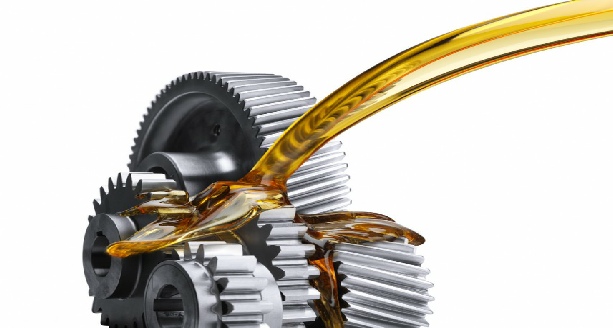Simple Ways to Monitor Lubricant Conditions
By on Mar 06 2015

Inspections are commonly done on assets to ensure that everything is in good, working condition. It could be a thorough examination or merely a "yeah that machine is still working" quick glance. Whichever type of inspection you do, there are usually ways to make the process simpler. Below you will find some of the easy ways to improve routine inspection and a few ways to monitor lubricant conditions.
First off, use your senses. This in itself should be common sense but it is oftentimes overlooked. Touch, sound, smell, and sight (not taste, for health purposes) should definitely help in performing your inspection. The first two senses that will likely pick up on something are sound and smell.
Sound will tell you if there is an unnatural clinking or clanking. A low-pitch noise could signify a misalignment while a high-pitch noise could mean overloading. If you hear a distinct click or rattle, it could likely be something that is beginning to interfere with internal components and needs immediate attention to protect the assets.
Smell will help you if you're someone who has a good sense of it. If you're lucky enough to be one of those people, put your nose to use. Burning smells are clear indicators that something is not right. Perhaps an asset is experiencing thermal instability. Lubricant oxidation has been described as having a pungent odor that could resemble the smell of rotten eggs. Unique odors such as this might be easy to pick up. Don't underestimate your sense of smell as many scents could be linked to undesirable contamination.
Touch will come in handy when analyzing severe vibrations or thermal properties. With unexpected internal conditions, machine exteriors could experience an extreme increase in temperature. Unusual vibrations could be a sign of misalignment or other internal issues. You can take a sample of a lubricant and use your fingers to observe hard particles or pasty, sticky textures. If your lubricant has these characteristics, it could be a sign of sludge formation.
Sight is undoubtedly the most useful sense for monitoring lubricant conditions. It's natural and pretty much effortless. Sight will help you detect fluid leaks, check gauges, monitor oil levels, and notice a discoloration of lubricants. Some of the lubricant problems that take weeks of laboratory analysis can be determined simply by knowing what to look for in a visual check.
Below is a table that lists several products and methods to analyze them quickly and easily. It can make a huge difference if some of these tests are conducted when a lubricant sample is taken. A good procedure would be to use your senses as previously explained, then when you determine that something is not right, you can proceed to use one of these methods to double-check yourself and validate your concerns.






